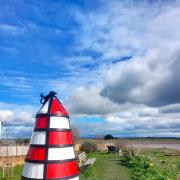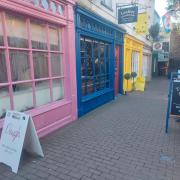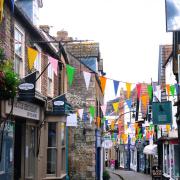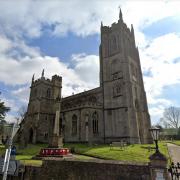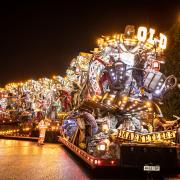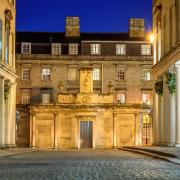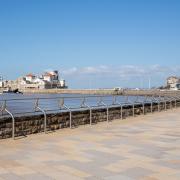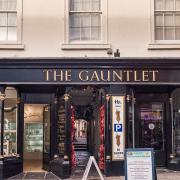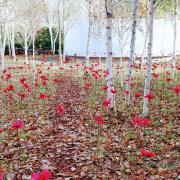Andrea Cowan takes a look at village life in Somerset. This time Andrea visits Pilton
Pilton is a village and parish between Shepton Mallet and Glastonbury, lying within the valley of a small stream on the edge of the Somerset Levels. Even though it's 20 miles from the sea, it was once a port called Pooltown. According to legend, it might have been where Joseph of Arimathea and Jesus landed in Britain.
The stream running through the village was instrumental in bringing wealth from the woollen stocking-making industry that grew up around the area. The prosperity is seen in impressive country houses that line the winding lanes, mixed with pretty blue lias stone cottages.
There are almost 70 listed buildings (according to Britishlistedbuildings.co.uk), ranging from the 11th century Church of St John the Baptist to Pilton House, a magnificent property built in the early 15th century. With its narrow, single track lanes, this is definitely a village to walk through, not drive. And you'll be rewarded by interesting buildings round every corner. There is the Bier House, built in 1902 to house the village funeral bier, and be the resting place for coffins. Particularly rare, it is one of very few in the country not located within its churchyard. The 14th century tithe barn was built to hold produce for Glastonbury Abbey and stands on what was the edge of a large park used by the abbots for deer hunting. A lightning strike in 1963 severely damaged the barn. It was finally reopened in 2005 following restoration and is now used for a variety of village events.
Pilton is a thriving village with numerous clubs, a playgroup, a bus to the local primary school, playing fields and clubhouse, allotments and a 17th century pub, The Crown Inn. The Pilton Working Men's Club and Village Hall is housed in a historic building along with a post office and, at the time of writing, the opening of a Co-op store is under negotiation. Many events take place throughout the year, including the well-attended September Pilton Weekend with flower show, sports fair, barn dance and treasure hunt.
It is impossible to talk about Pilton without mentioning Glastonbury Festival, run by Michael Eavis and his daughter Emily. Each June Pilton, with a population of 1,000, is visited by about 175,000 festival-goers. It provides the local economy with a large boost and has funded the refurbishment of the Working Men's Club and Village Hall, and the award-winning restoration of the tithe barn. A social housing project, started by Michael in 1996, uses land donated by the festival. There are plans for a further 15 houses to be built next year, to total 50 which will coincide with the festival's 50th anniversary year.
Did you know…?
The author Fay Weldon CBE was one of Pilton's notable residents for many years






